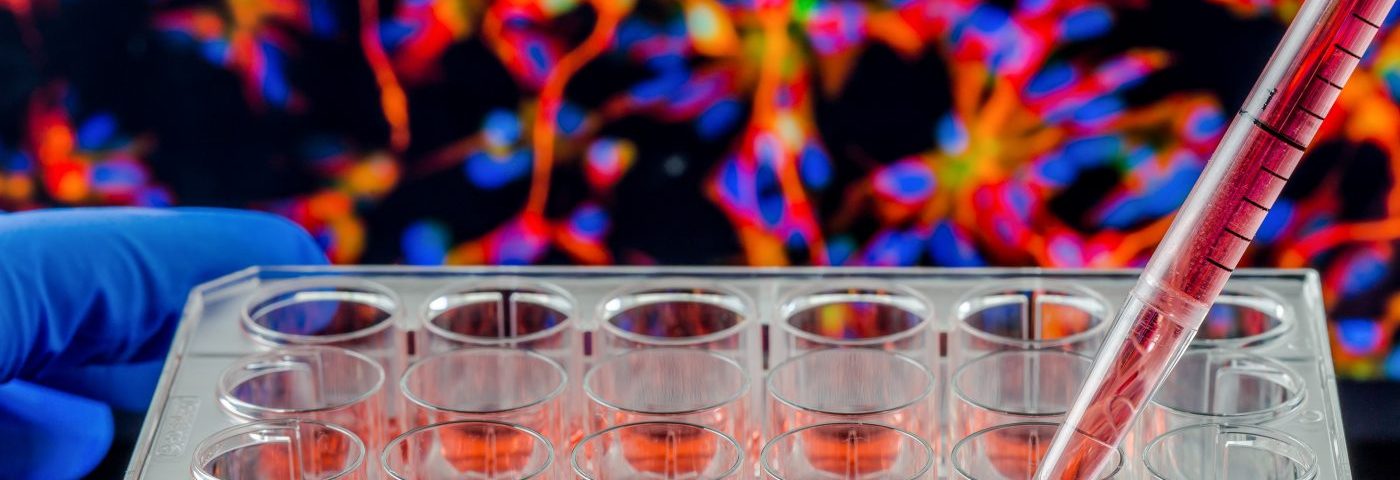Inhibiting the protein BRD4 can stop the migration of castration-resistant prostate cancer cells, regardless of the mechanism causing resistance to treatment, new research has shown.
This suggests that BRD4 might be a therapeutic target to prevent metastasis (spread) in prostate cancer patients who have become resistant to androgen-deprivation therapies.
The study, “BRD4 regulates metastatic potential of castration-resistant prostate cancer through AHNAK,” was published in the journal Molecular Cancer Research.
Most prostate cancers are — or at least start off — driven by signaling from androgens, the so-called “male hormones.” This is why one of the mainstays of prostate cancer treatment is hormone-based therapy aimed at reducing the amount of these hormones and/or making their signals weaker.
However, some cancers develop resistance to these therapies. At this point, such tumors are called castration-resistant prostate cancers (CRPCs) because they are able to grow even if there aren’t androgens around.
Thus, researchers are ever on the hunt for the mechanisms that drive CRPC to grow and metastasize. In most cases, patients start producing an androgen receptor that no longer needs androgens to become active, but researchers have also found cases of people who stop producing any forms of the androgen receptor.
Looking at non-androgen molecules that could drive cancer spread, investigators focused on the BET family of proteins, which includes BRD2, BRD3, and BRD4.
Using a combination of small molecules and genetic approaches, they inhibited these proteins together and separately in a panel of CRPC-like cell lines that had varying degrees of dependence on the androgen receptor.
Then, they used common dish-based assays to assess the cells’ ability to migrate. This is a particularly important trait in CRPC, because it is the cells that metastasize and grow in other organs — not the ones that just sit and replicate in the prostate itself — that can be deadly.
Inhibition of all three proteins reduced migration in some of the cell lines, particularly those that were still relatively dependent on androgen signaling. However, only BRD4 inhibition reduced migration in all cell models, regardless of androgen receptor status.
“Our work establishes that among the BET protein family, BRD4, but not BRD2 or BRD3, is the principal regulator of CRPC cell migration and invasion,” the researchers stated.
By doing further genetic assays, the investigators figured out that BRD4 promotes migration by activating the transcription of a gene called ANHAK. The higher levels of ANHAK protein were ultimately what drove cell migration.
This was confirmed by inhibiting BRD4 and ANHAK both separately and together. The same effect was achieved, suggesting that both act through the same molecular pathway.
The researchers then did analyses of data from several hundred prostate cancer patients across a few different cancer databases, and determined that higher levels of both BRD4 and ANHAK tended to be associated with shorter times to recurrence. Although the statistics didn’t reach full significance in every dataset studied, the trend was strong enough for the investigators to comfortably conclude that a real relationship exists.
These data provide a basis for further exploration of BRD4 as a potential therapeutic target, although further research will be needed before such strategies are implemented in a clinical setting.

